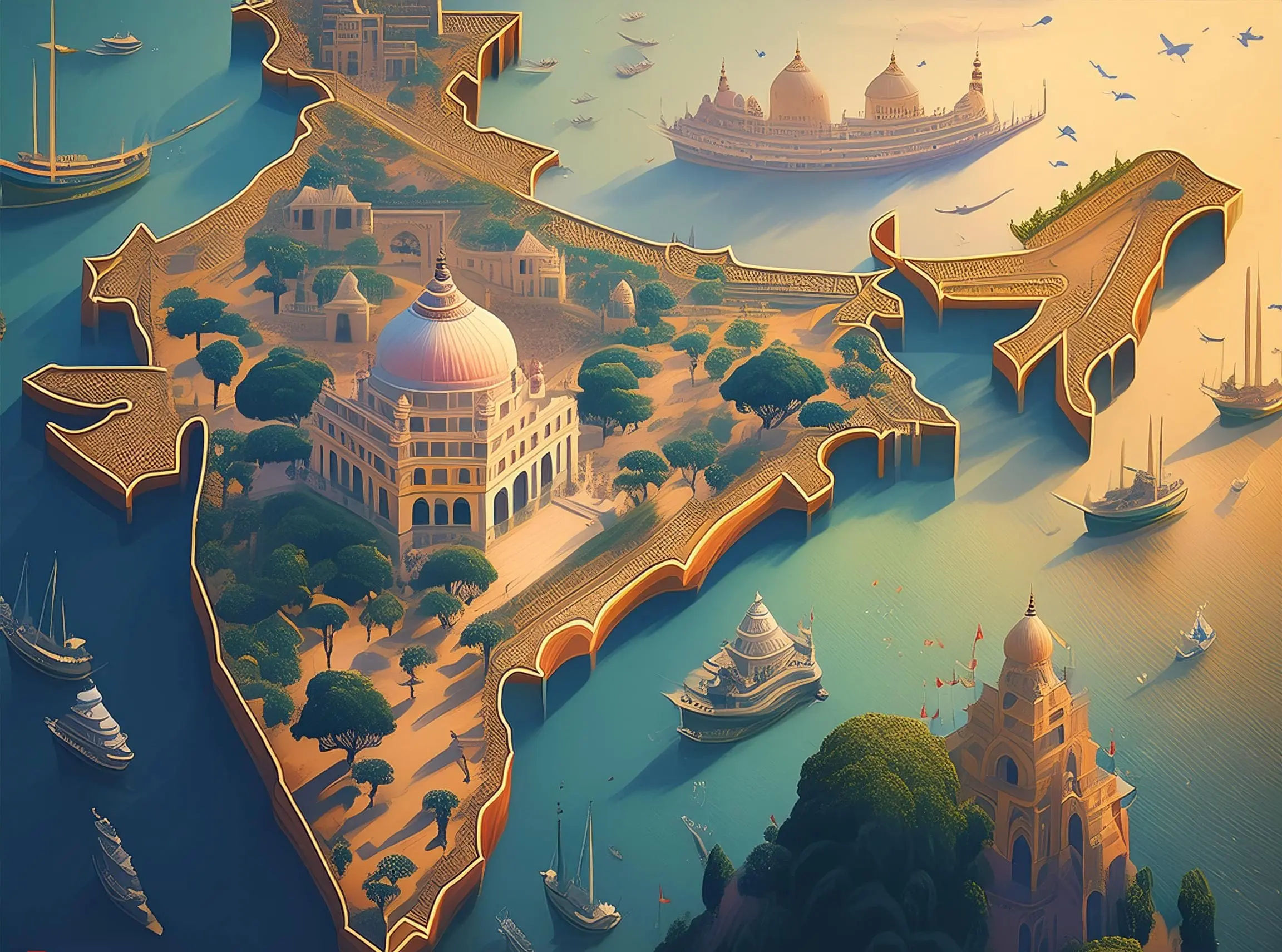Introduction
India, a diverse and vast country, is divided into various administrative regions known as states and union territories. This division plays a crucial role in the governance and administration of the country. Let’s delve into the details of these regions.
How Many States in India?
India is composed of 28 states, each with its unique culture, language, and traditions. These states have their own governments, which function independently under the guidelines of the Indian Constitution.
List of Indian States
- Andhra Pradesh
- Arunachal Pradesh
- Assam
- Bihar
- Chhattisgarh
- Goa
- Gujarat
- Haryana
- Himachal Pradesh
- Jharkhand
- Karnataka
- Kerala
- Madhya Pradesh
- Maharashtra
- Manipur
- Meghalaya
- Mizoram
- Nagaland
- Odisha
- Punjab
- Rajasthan
- Sikkim
- Tamil Nadu
- Telangana
- Tripura
- Uttar Pradesh
- Uttarakhand
- West Bengal
How Many Union Territories in India?
In addition to the states, India also has 8 union territories. Unlike states, union territories are directly governed by the Central Government. However, some union territories have been granted partial statehood and have their own legislative assemblies.
List of Union Territories
- Andaman and Nicobar Islands
- Chandigarh
- Dadra and Nagar Haveli and Daman and Diu
- Lakshadweep
- Delhi (National Capital Territory of Delhi)
- Puducherry
- Ladakh
- Jammu and Kashmir
Differences Between States and Union Territories
Governance
States in India have their own governments, which are responsible for the administration and legislation within their boundaries. Union territories, on the other hand, are administered by administrators appointed by the President of India.
Legislative Power
States have the authority to make laws on subjects mentioned in the State List and Concurrent List, whereas union territories are mostly governed by laws enacted by the Central Government. However, union territories like Delhi and Puducherry have their own legislative assemblies, which can make laws on certain subjects.
Cultural Diversity
India’s states are known for their rich cultural heritage. Each state has its own distinct traditions, festivals, and languages. Union territories, being smaller in area, also showcase a blend of cultures, often influenced by nearby states.
Importance of States and Union Territories
The division into states and union territories helps in efficient governance and administration. It ensures that local issues are addressed promptly and effectively. Moreover, it promotes cultural diversity and helps in preserving the unique identity of each region.
Conclusion
India’s states and union territories form the backbone of its administrative structure. Understanding the number and roles of these regions is essential for comprehending the country’s governance. Each state and union territory contributes to the rich tapestry that makes India a unique and vibrant nation.

